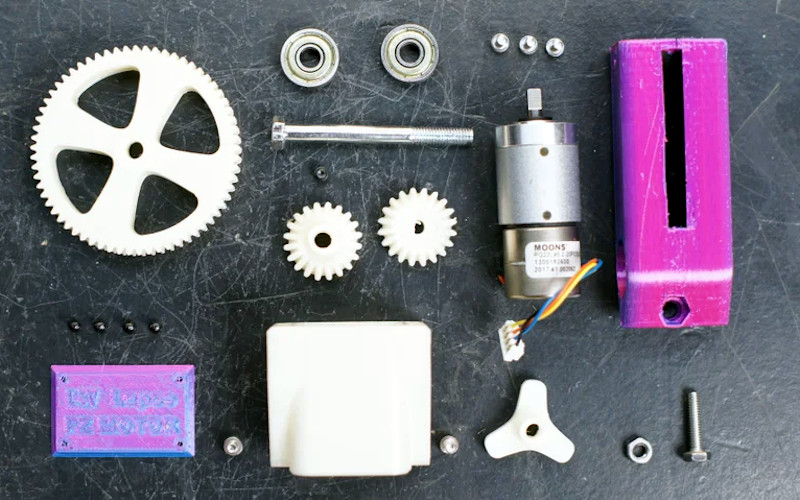It’s little secret that stepper motors are everywhere in FDM 3D printers, but there’s no real reason why you cannot take another type of DC motor like a brushless DC (BLDC) motor and use that instead. Interestingly, some printer manufacturers are now using BLDCs for places where the reduction in weight matters, such as in the tool head or extruder, but if a BLDC can be ‘stepped’ much like any stepper motor, then why prefer one over the other? This is the topic of a recent video by [Thomas Sanladerer], with the answer being mostly about cost, and ‘good enough’ solutions.
The referenced driving method of field-oriented control (FOC), which also goes by the name of vector control, is a VFD control method in which the controller can fairly precisely keep position much like a stepper motor, but without the relatively complex construction of a stepper motor. Another advantage is that FOC tends to use less power than alternatives.
Using a FOC controller with a BLDC is demonstrated in the video, which also covers the closed-loop nature of such a configuration, whereas a stepper motor is generally driven in an open-loop fashion. Ultimately the answer at this point is that while stepper motors are ‘good enough’ for tasks where their relatively large size and weight aren’t real issues, as BLDCs with FOC or similar becomes more economical, we may see things change there.
Continue reading “Why Stepper Motors Still Dominate 3D Printing”



















